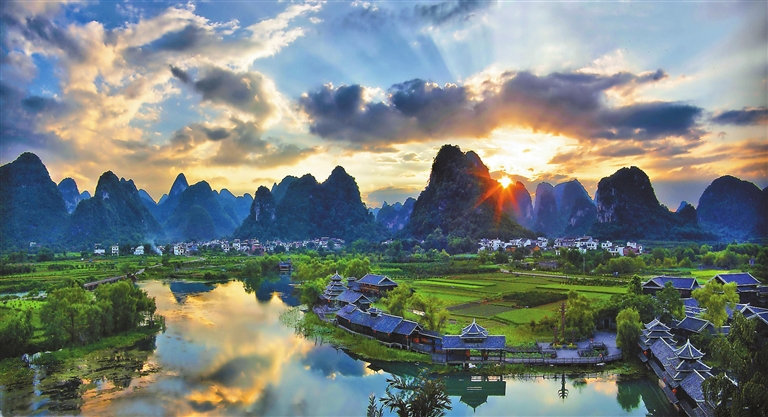
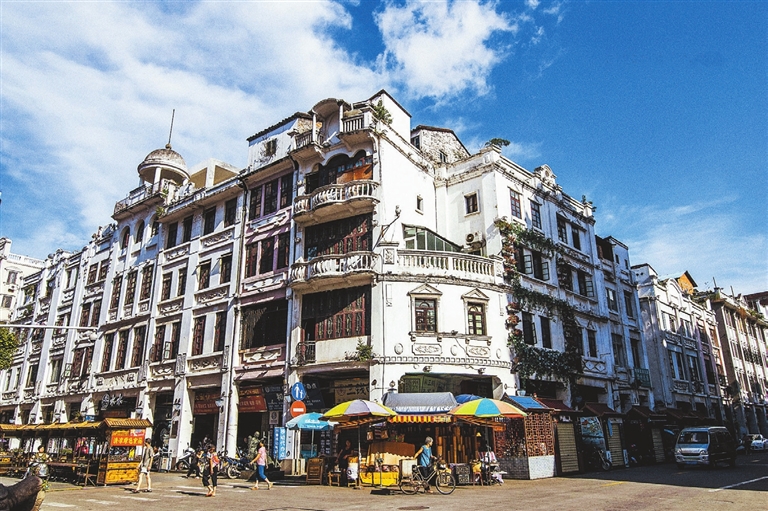
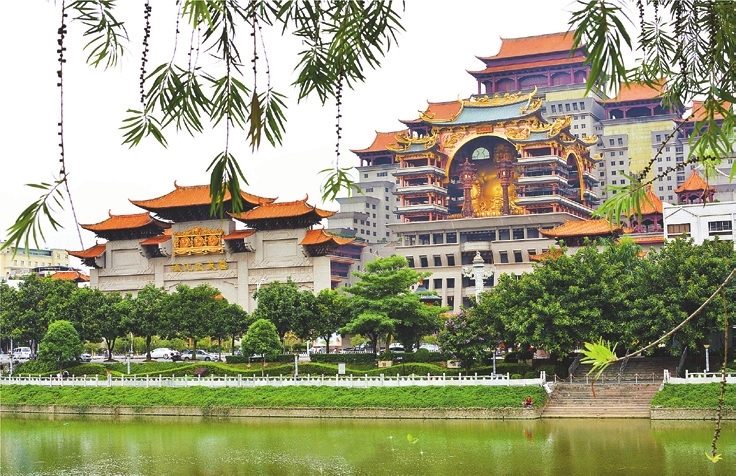
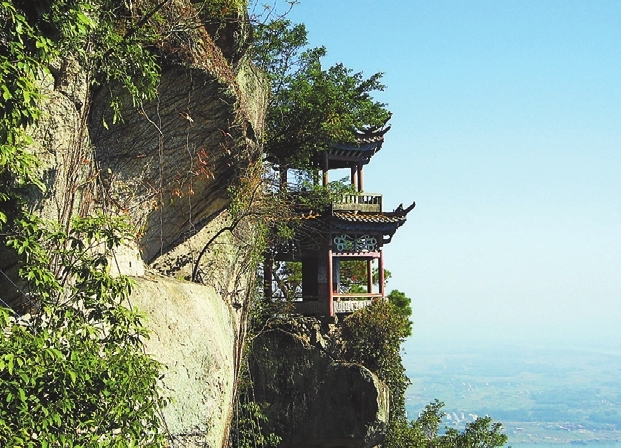
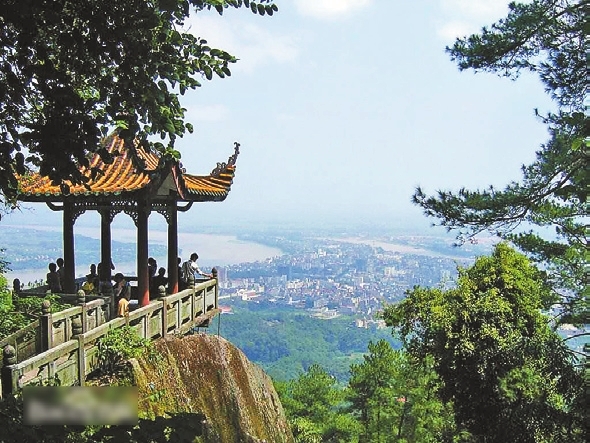
(This is the conclusion of a two-part article, first published on the Shenzhen Daily on page 15, June 1.) SELF-DRIVING around Guangxi not only means flexibility and time saving. In this autonomous region where you will encounter breathtaking scenery around every corner, only free self-diving enables you to embrace its 360-degree beauty. There is a top driving route that you should not miss for capturing the experience of the stunning rice terraces, peak clusters and river landscapes. The route will take you through the southeast part of Guangxi Zhuang Autonomous Region: Guilin, Fuchuan, Hezhou, Wuzhou, Yulin and Guiping. As a once historically prosperous place, southeastern Guangxi is home to the most beautiful old villages, ancient buildings, tranquil towns, and green rice terraces. It’s also a relatively developed place in the region with good infrastructure. Ten days are recommended for this driving trip. Wuzhou Head southward and you will enter a world full of Cantonese dialect and well-preserved Qilou building (arcade-house) blocks, which is sure to create a feeling of homesickness in Lingnan people. Wuzhou is situated at the junction of three rivers, the Xunjiang River, Guijiang River and Xijiang Rivers, overlooked with undulating hills. Known as a gateway to Guangxi and Guangdong, Wuzhou is a city with a history of more than 2,200 years and is a centurial commercial port lying in the east of Guangxi. Its urban area is not very large, therefore every parcel of land has to be properly managed. Both the new and old districts are full of high-rise buildings, while the old city on the east of the Guijiang River bank with its rich flavor of local life is quite crowded. The city wall was destroyed in a fire during the Republic of China era (1912-1949). The Qilou building blocks built later form the structure of the old city of today. The Qilou buildings here are well preserved. There are different styles including the Nanyang style and the mock Baroque style. Additionally, there are many places featuring historic figures and cultural heritages including Baiheguan of the Tang Dynasty (618-907), Longmu Temple of the Song Dynasty (420-479) and the Mint Site of the Yuanfeng Period of the Northern Song Dynasty (960-1127). While wandering around this Qilou city, which enjoys a fame as the “Little Hong Kong,” don’t forget to taste local delicacies, especially the herbal jelly, with recipes that date back to the late Ming (1368-1644) and early Qing dynasties (1644-1912). Yulin If you keep driving southbound to Yulin, a magnificent building is awaiting you here. Even though you are an experienced traveler, you will still be stunned by this private museum — Yuntian Culture City. As the most eye-catching landmark building in Yulin, local people call it “Yuntian Palace,” not only because it resembles the Potala Palace in appearance but also because it houses precious collections including wood carvings, stone carvings and porcelains in the form of different Bodhisattvas, the god of longevity, Queen Mother and auspicious beasts. To the east of Yulin is Rong County, home to the Zhenwu Pavilion, a structure which even amazes Liang Sicheng, a Chinese architect and architectural historian who is known as the father of modern Chinese architecture. Built in 1573, the pavilion is a completely wooden structure building. The whole pavilion has three floors with a height of 13.2 meters. Enjoying a time-honored history, the Jinglue Platform under the Zhenwu Pavilion was built in the year 759. It is amazing that its bracket structure and decorations of primitive simplicity are still well-preserved after multiple earthquakes and wind storms. In the north of Yulin is Beiliu, a county-level city which is home to the lush Darong Mountain with its crystal blue lakes. Keep driving south for 60 kilometers and you will encounter the Xielu Mountain Villa built alongside the mountain, which will give you the feeling of being in Southeast China. Guiping For the last two days of your trip, you will visit Guiping, a place that once again takes you into the past. Guiping was named Xunzhou in the Ming and Qing dynasties, because its people lived on Xunjiang River. In fact, Guiping can date back to the Guiping Prefecture built in the Southern Dynasties (420-589) when the local government was located at the foot of Xishan Mountain. Xishan Mountain, known for its strange-shaped stones, beautiful trees, fragrant tea and sweet spring water, has three highlights: the year-round constant-temperature stalactite spring water, the Xishan Mountain tea, a perfect match with the stalactite spring water, and the Dragon Scale Pine whose park looks like scales. Xishan Mountain is also a renowned Buddhist mountain in southeast Guangxi. This small city enjoys a slow-paced life. Try staying at one of the ancient temples in Xishan Mountain and treat yourself a cup of local tea with stalactite spring water to savor the rich history at your own pace. Then it is time for home again, forever transformed by the rich memories of your travel experience. (Chen Xiaochun) | 
